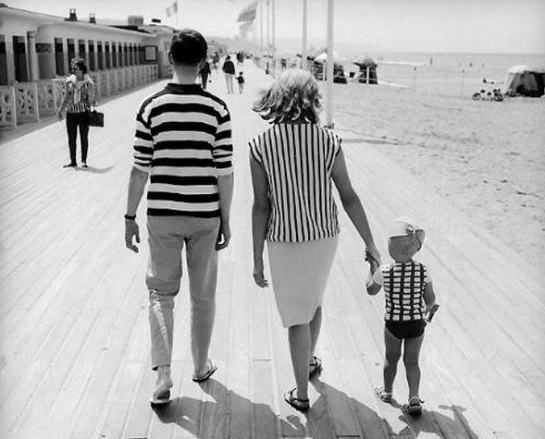An important concept to learn when considering this topic is heterozygous vs homozygous.
A heterozygous rose carries a lot of hidden gene characteristics that are being masked by dominant genes. A homozygous rose carries genes in which the hidden, unexpressed genes have quite similar characteristics to those that are expressed.
Modern hybrid roses will generally be very heterozygous. Lots of hidden genes with very different characteristics. Therefore their progeny will be highly variable as genes are shuffled around and those that were hidden become exposed.
Species roses will tend to be very homozygous. Most of their offspring, assuming they’re self-pollinated or pollinated by another clone of the same species, will be similar to each other and to their parents.
Similar, yes, but not identical.
I feel that we make the mistake on this forum of assuming that a particular rose species has a fixed set of characteristics. I respectfully disagree with Philip’s above assertion that the differences are rarely noticable. I seek and cherish variations within a species.
I love walking along the edge of the woods and sampling the fruit of different common chokecherry, Prunus virginiana. Some fruit are larger and sweeter, with less astringency. You can find some yellow fruit amidst the purple. Some specimens are noticeably more resistant to the ugly endemic fungus called black knot.
We have a huge variety of common purslane on the farm…Philip’s statement about variability in a weed species is very true. Tiny-leaved mat-forming types and upright, large-leaved types and everything in between.
I think species designations are a valiant, necessary, and futile human attempt to impose order upon a swirling flux of changing genetics. They are an important tool, but should be remembered to be fallible creations of the human mind.
Even wild roses growing in the same meadow will have varying shades of pink to white, different amounts of spotting on leaves, and differently sized, shaped, and colored hips. What about another rose colony growing a mile away in different soil? Two miles apart? Ten miles apart? Fifty miles? Two hundred miles? Six hundred miles?
When nurseries get involved, things get more messed up. They are likely growing their species roses from seed. Where are they getting their seed? From a patch growing on their farm? Where did they get the original plant? (hint: from another nursery.) Do they have another patch of another species growing nearby? Is it a self-sterile diploid species? Do they have a lot of bees? And mislabeling is a huge thing.
People talk about R. foliolosa as having and lending dark purple blossoms. I think this is because a few influential breeders on the west coast got ahold of a clone that had dark purple flowers and worked with it. My clone, however, had light pink blossoms and passed on that characteristic.
My exhortation is that we remember to take species designations with a grain of salt even as we are discussing their characteristics. Your Rosa carolina is likely not the same as mine. Hopefully they share enough characteristics to make our discussions worthwhile.
